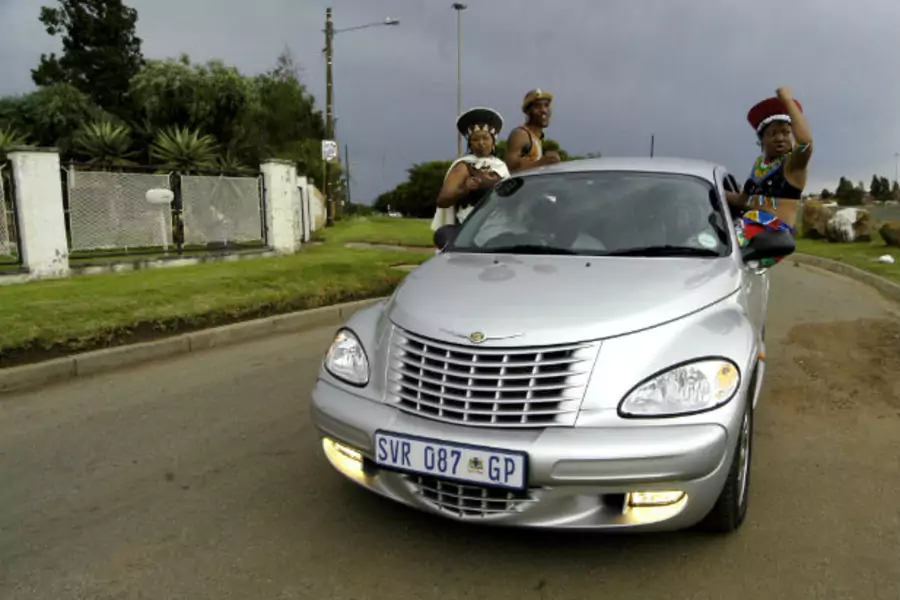More on:
That Africa has a growing middle class has become conventional wisdom, and the prospect of a new and expanding consumer market excites investors. How to define the "middle class," to say nothing of how big it is remains unclear. Uri Dadush and Shimelse Ali show a way forward in their article, "In Search of the Global Middle Class: A New Index," recently published by the Carnegie Endowment for International Peace.
They suggest that in developing countries, the number of cars in circulation is indicative of the size of the middle class. Car ownership indicates arrival at an income threshold (around $3400 ppp) where households can begin to afford non-essentials. Further, they say car statistics are usually reliable. So study of car circulation statistics can indicate how rapidly the middle class in a given country is growing.
Using the "car index" they conclude that of South Africa’s fifty million people, almost nineteen million are middle class. This is significantly larger than this African Development Bank’s study on the size of middle class (PDF) (but smaller if you add the “floating class”—people living on $2-$4 a day).
Given South Africa’s economic and racial inequality, the purchase of luxury cars can also tell us something about how the wealthy have fared. Indeed, it appears they have done well. 21.5 percent of automobiles sold in 2010 were "luxury." (Of G20 countries, in China, it was 2.8 percent; in Mexico, 2.8 percent, and in the United States, 9.6 percent. Only Germany at 26.6 percent exceeded South Africa.)
The car index appears to support the view that South Africa’s middle class is growing. With eighty percent of the population black, most of that growth must come from blacks. But the high percentage of luxury vehicles sold would imply that the nine percent of the population that is white is also doing well.
Certainly the car index accords with what I saw during two trips to South Africa last spring.
More on:
 Online Store
Online Store
